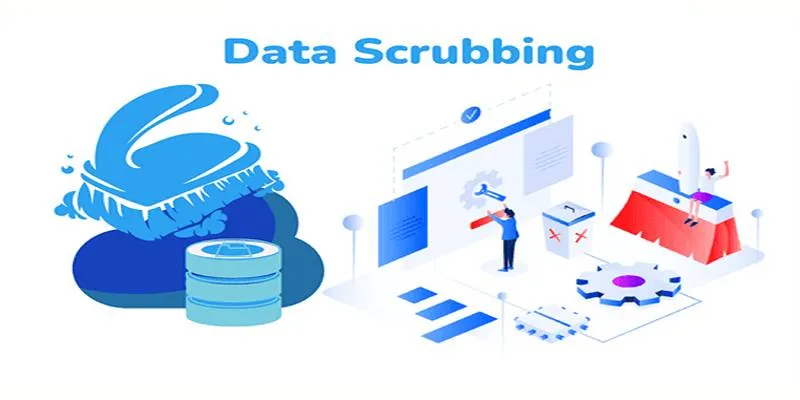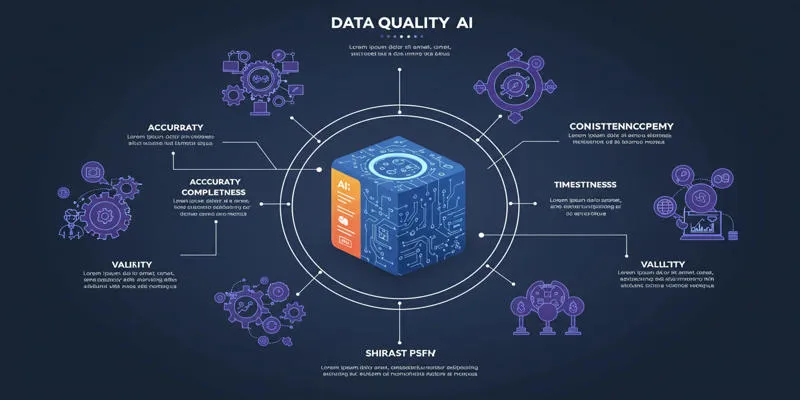Introduction
In the world of data engineering, dealing with raw data can be quite challenging. Raw data is often complex, noisy, and inconsistent, which makes it difficult to handle directly. To tackle this, data engineers use data abstraction, a technique that simplifies how data is viewed and managed while preserving its meaning. This approach allows engineers to work more efficiently by separating the storage of data from its usage or presentation. Data abstraction is key to constructing scalable pipelines, maintaining databases, and designing reliable systems.
What is Data Abstraction in Data Engineering?
Data abstraction plays a vital role in data engineering by hiding the intricate details of data storage. It provides engineers and users with a clearer, more practical way to work with data. Rather than focusing on file formats, disk blocks, or partitioning, engineers can concentrate on datasets, records, and queries — the elements that truly matter to their work.

This concept, rooted in computer science, helps manage complexity by displaying only necessary information and concealing the rest. In data engineering, it enables teams to store, retrieve, and manipulate data across systems without worrying about storage specifics every time.
The Three Levels of Data Abstraction
Data abstraction is typically divided into three distinct levels: physical, logical, and view. Each level serves a specific purpose and audience, facilitating improved manageability.
1. Physical Level
At the physical level, the emphasis is on how data is stored within the system. This includes aspects like files on disk, indexing, partitioning, and compression. Data engineers working at this level aim to optimize data layout on hardware to enhance performance or reduce costs. Most users never interact directly with the physical level since it involves details such as which disk blocks contain records or how storage clusters distribute data.
2. Logical Level
The logical level abstracts away physical details, describing what data is stored and the relationships between datasets. At this stage, engineers define schemas, tables, columns, and keys. The logical level organizes data around entities and their relationships, focusing on data models, enforcing constraints, and ensuring data integrity.
3. View Level
The view level presents specific perspectives of data to users or applications, tailored to particular needs. Views conceal both physical storage details and irrelevant parts of the logical schema for a given user. For example, a data analyst might see a pre-aggregated table or a cleaned dataset, while the database holds much more raw, detailed information. This level enhances security, simplifies data access, and delivers clean data tailored to various stakeholders.
Why Data Abstraction Matters in Modern Data Engineering
Modern data engineering involves handling massive volumes of data from diverse sources across distributed systems. Without abstraction, managing this complexity would be nearly impossible. Data abstraction enables engineers to evolve and optimize backend systems without disrupting users or upstream processes.

For example, if engineers move a dataset from on-premise storage to a cloud warehouse, the logical and view levels can remain unchanged. Applications querying the data through those layers continue to function as before because the abstraction hides the physical change. Similarly, engineers can enhance indexing strategies, partitioning schemes, or switch file formats for better performance without affecting consumers at the logical or view levels.
Data abstraction also bolsters security by restricting access to sensitive data through controlled views, ensuring consistency across various tools, and reducing the learning curve for teams. It makes maintenance and scaling more manageable by decoupling data’s conceptual organization from its storage and technical implementation.
Balancing Simplicity and Control with Abstraction
While data abstraction offers numerous benefits, it requires thoughtful design. Excessive abstraction can make debugging performance issues challenging or obscure understanding of underlying processes. Engineers must balance simplifying access with maintaining visibility into underlying processes when necessary.
A well-designed system exposes enough detail for tuning and optimization while hiding unnecessary complexity from non-technical users. Engineers often create systems allowing controlled access to deeper layers when needed, ensuring advanced users can work with low-level data when required.
Maintaining this balance requires clear documentation, well-defined schemas, and carefully designed access patterns. As data systems grow more sophisticated, engineers must continuously revisit abstraction layers to ensure efficiency and relevance. With cloud-based and distributed systems becoming standard, this balance is crucial for modern data pipelines.
Conclusion
Data abstraction is essential in data engineering, breaking down complex systems into physical, logical, and view levels. This structure allows engineers to focus on relevant details while concealing complexity, making data easier to manage and use. It ensures clean, meaningful data for users and allows backend systems to evolve without disruption. As data grows in size and complexity, abstraction provides the clarity and flexibility needed to keep systems reliable and accessible.
For further reading on data engineering practices, consider exploring resources on Hugo’s official documentation.
 zfn9
zfn9




















